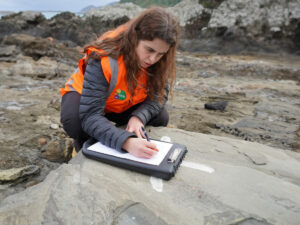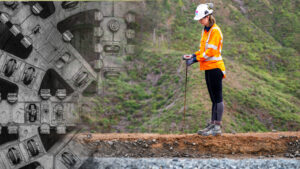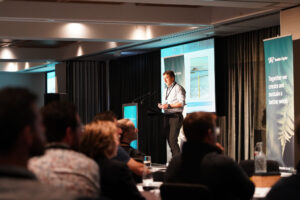26th CASANZ (Clean Air Society of Australia & NZ) Conference 2022, Adelaide
Provision of accurate meteorology both at the surface and upper air levels is a key input for atmospheric dispersion models. At locations which are distant from observation stations in Australia and New Zealand, meteorological datasets have historically been produced using the prognostic model section of The Air Pollution Model (TAPM). Show more…More recently, and since TAPM has ceased to be updated by CSIRO, dispersion modelling has been based on prognostic data that has been downscaled using the Weather Research Forecasting (WRF) model. Due to the computational power required to run the WRF model many practitioners opt to purchase the data from third party suppliers. Modelling from the currently available third party suppliers is based on land use information which is nearly 20 years out of date. This paper presents an approach to incorporate the most accurate available data for terrain (ALOS Global Digital Surface Model (AW3D30)) alongside land use information derived from a blend of the National Vegetation Information System (NVIS) and Catchment scale land use (CLUM) for Australia and the Land Use and Carbon Analysis System (LUCAS) data for New Zealand. This paper uses this information to compare the model predictions for TAPM, WRF using default data and WRF using modified terrain and land use in comparison to observed data in Canterbury, New Zealand to a resolution of 1 km.Show less…




















